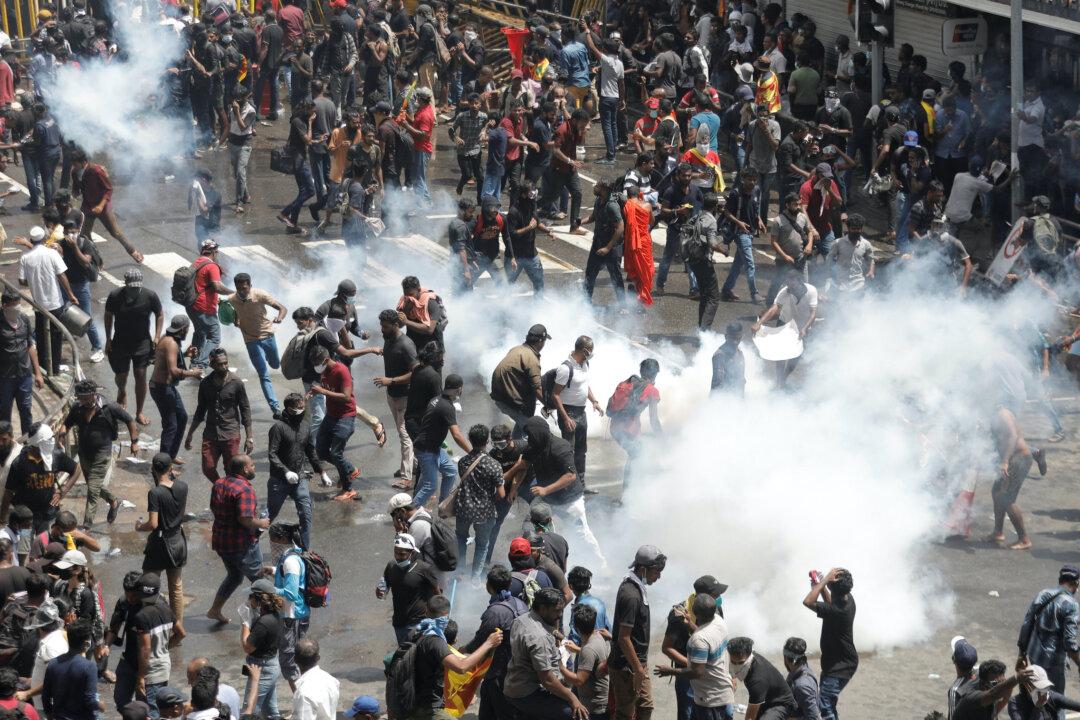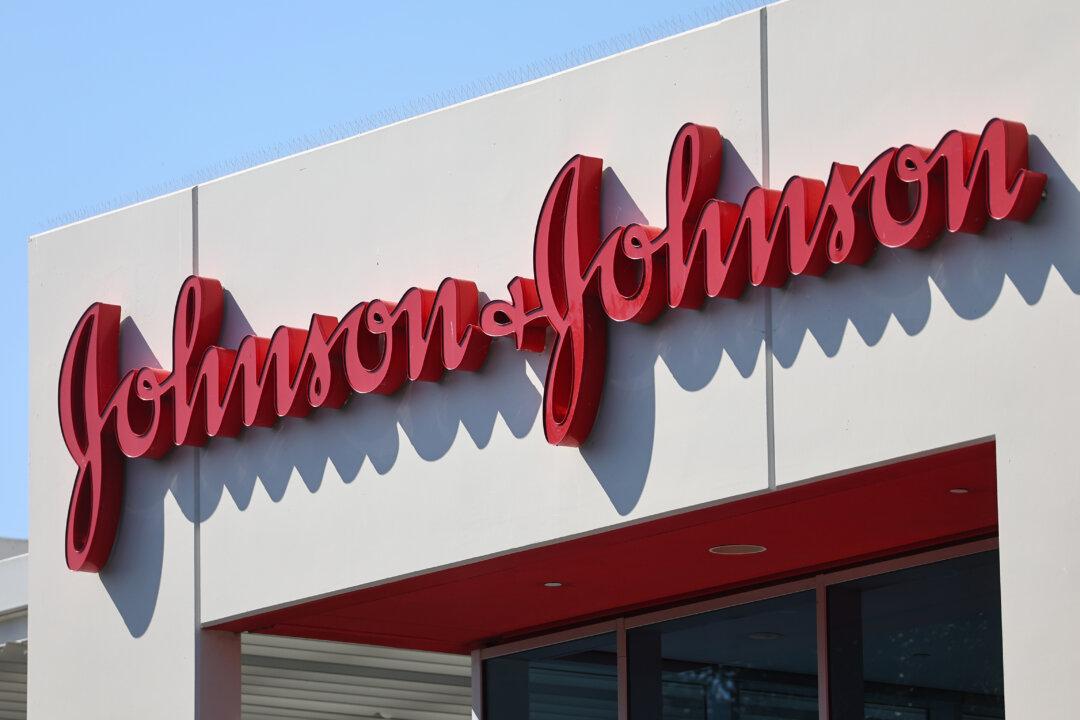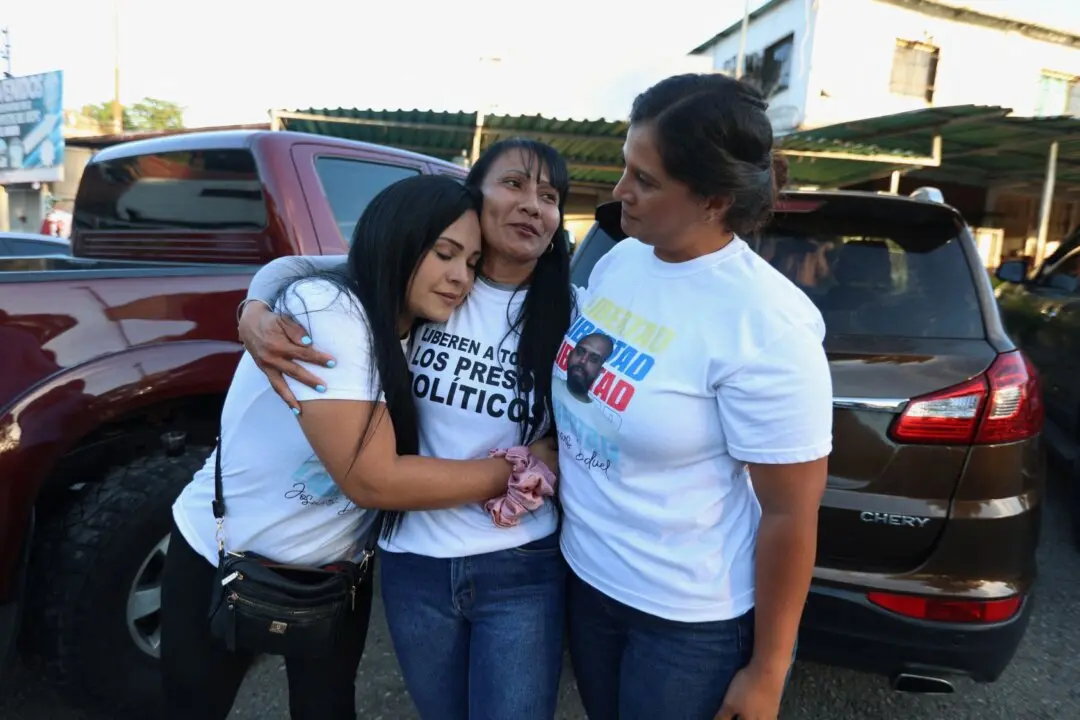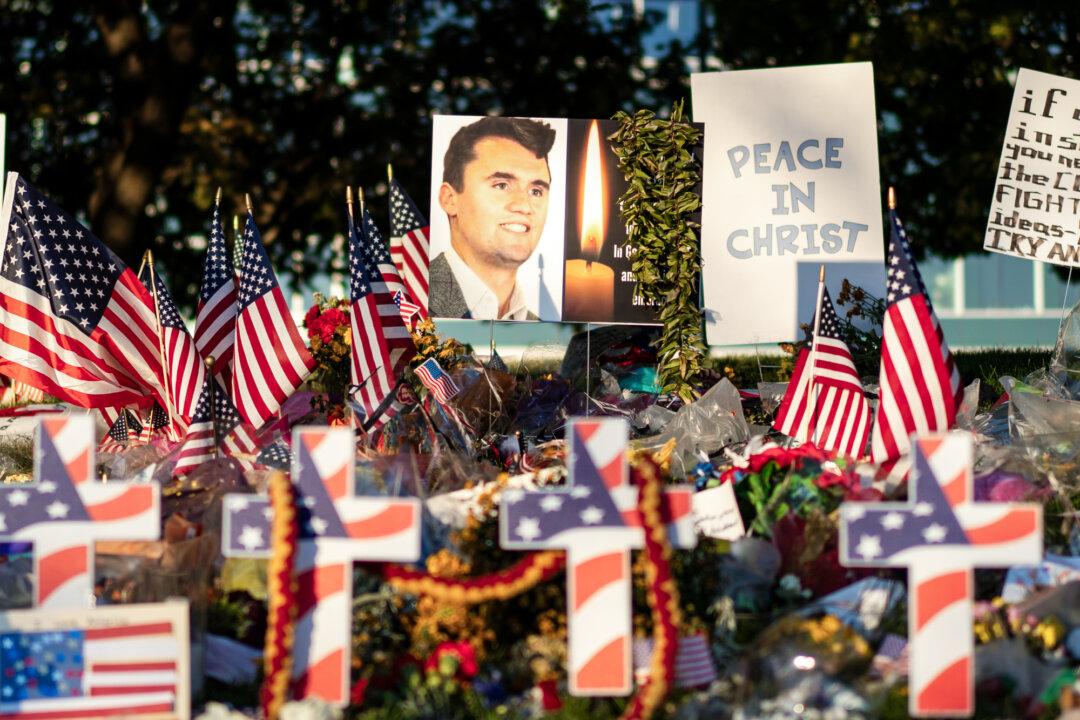India “categorically” dismissed reports that it was sending troops to Sri Lanka amid worsening turmoil that has seen protesters break into both the president’s and prime minister’s residences to demand their resignations.
The Indian High Commission in Sri Lanka issued a statement on July 11 denying “speculative reports” circulating on social media that New Delhi was sending troops to Sri Lanka to quell the nationwide unrest.





